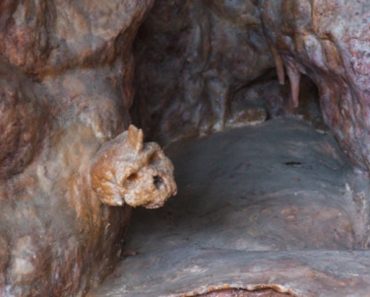Archaeologists working at the renowned Kultepe archaeological site in central Turkey have achieved a significant breakthrough, uncovering private residences on the main mound for the first time in decades of excavation. The discovery of houses dating back approximately 4,700 years represents a paradigm shift in understanding this ancient settlement, revealing that ordinary citizens lived alongside the monumental palaces and temples that have dominated archaeological attention at the site. Known as the starting point of recorded Anatolian history, Kultepe’s residential quarter provides unprecedented insights into daily life in one of the ancient world’s most important trading centers.
The excavations, led by Professor Fikri Kulakoglu under the auspices of the Ministry of Culture and Tourism with support from the Kayseri Metropolitan Municipality, represent one of Turkey’s longest-running archaeological projects, having begun in 1948, according to a Turkey Today report. The site’s history stretches back a remarkable 6,000 years, making it a crucial location for understanding the development of Bronze Age civilization in Anatolia. This year’s discoveries focus on understanding life both during and before the famous Assyrian Trade Colonies Period, when Assyrian merchants established their commercial quarter, or “Karum,” in the lower city.

Aerial view revealing the extensive scope of current excavations at Kultepe (2024). (Türkiye Today/IHA Photo)
Challenging Archaeological Assumptions
The newly discovered houses predate the arrival of Assyrian merchants by several centuries, challenging earlier assumptions that only grand structures occupied the summit of Kultepe. Professor Kulakoglu explained that Kultepe has been home to successive monumental buildings since at least the third millennium BC, with palaces and temples being destroyed and rebuilt multiple times throughout its long history. “This shows Kultepe has been a major center not only during the Assyrian merchants’ time but long before, from around 6,000 years ago,” he noted.
The discovery represents what Kulakoglu describes as “a new event” for the archaeological team. The presence of private homes among the palaces suggests a more complex urban layout than previously understood. These residential structures contained distinctive ceramics and architectural elements that set them apart from other areas of the settlement, indicating possible social stratification among the inhabitants. The houses likely belonged to administrators, craftsmen, and other professionals who worked within the monumental complexes but needed to live nearby.
A Layered History of Civilization
Kultepe’s significance extends far beyond its impressive architecture. Recent excavations have revealed that the monumental buildings were not small structures; each excavation season has extended their known size by approximately ten meters, demonstrating the truly massive scale of ancient construction. The site served as the capital of the ancient Kingdom of Kanesh and later became the center of a sophisticated trade network established by Assyrian merchants in the second millennium BC, connecting Assyria with Anatolia and facilitating commerce across the ancient Near East.
The residential discovery provides crucial context for understanding how this ancient trading empire functioned on a human level. The houses reveal evidence of domestic life, craft production, and social organization that complemented the grand ceremonial and administrative functions of the palaces and temples. This integrated urban planning suggests a sophisticated understanding of city organization that balanced public monumentality with private residential needs.
The implications of this discovery extend beyond Kultepe itself, offering new perspectives on ancient Anatolian urbanization and social structure. The coexistence of monumental architecture with private residences on the same elevated platform indicates a level of urban planning sophistication previously unrecognized at the site. This finding contributes to ongoing debates about the nature of Bronze Age cities and the relationship between elite and common residential areas in ancient settlements.
As excavations continue, these houses promise to yield additional insights into daily life, social hierarchy, and economic activities at one of Anatolia’s most important archaeological sites. The discovery reinforces Kultepe’s status as a key location for understanding the complex development of civilization in ancient Anatolia, bridging the gap between monumental public architecture and the private lives of the people who created and maintained this remarkable ancient center.
Top image: Ongoing excavations at Kultepe Kanesh-Karum archaeological site in Kayseri, central Türkiye, revealing both monumental and residential structures. Source: Türkiye Today/IHA Photo
By Gary Manners






